Understanding the Value of Your Chess Set
Chess, a timeless game of strategy, has been played for centuries, captivating the minds of people around the globe. Over the years, chess sets have evolved from simple playing tools to intricate pieces of art. Whether you own a traditional wooden set, a vintage collection, or a modern artistic rendition, understanding the value of your chess set is essential. This assessment not only helps in appreciating its worth but also in preserving its significance for years to come. Let us explore the various aspects that contribute to the value of a chess set.
Material and Craftsmanship
The material and craftsmanship are fundamental factors that significantly influence the value of a chess set. Luxury sets crafted from high-quality woods like ebony, rosewood, or boxwood are highly sought after. The intricacy of the carvings, the smoothness of the finish, and the uniqueness of design contribute to the set’s aesthetic and monetary worth. Meanwhile, sets made from metal, glass, or marble also hold considerable value, especially when they showcase detailed workmanship and unique artistic styles. In contrast, mass-produced plastic sets are generally less valuable, though vintage plastic sets might be an exception due to their historical significance.
Historical and Cultural Significance
Chess sets that have a rich historical background or cultural significance carry additional value. For instance, a set that has been used in an important chess tournament or owned by a notable personality in the chess world can have its value greatly enhanced. Similarly, sets that reflect the cultural heritage of a place, such as those inspired by historical battles or famous leaders, also attract the interest of collectors and enthusiasts, thereby increasing their worth.
Rarity and Condition
Rarity is another critical factor in determining the value of a chess set. Limited edition sets, or those produced by renowned craftsmen in small quantities, are typically more desirable and hence more valuable. The condition of the set is equally important; a well-preserved set, with all its pieces intact and minimal signs of wear, will always fetch a higher price than one that is damaged or incomplete.
Provenance and Authentication
A chess set's provenance, or its history of ownership, can significantly add to its value, especially if it has been part of prestigious collections or has a documented connection to significant events or personalities. Furthermore, authentication by a reputed authority can also increase a chess set's desirability and worth, as it assures potential buyers of the set’s authenticity and historical accuracy.
Market Demand
Finally, the value of a chess set is also subject to the principles of market demand. Sets that are highly sought after by collectors and enthusiasts will naturally command higher prices. This demand can fluctuate based on current trends, the emergence of new collectors, and changes in the global economy, among other factors.
In conclusion, several factors contribute to the value of a chess set, including its material and craftsmanship, historical and cultural significance, rarity, condition, provenance, and market demand. Whether your chess set is an heirloom piece, a collector's item, or a simple recreational tool, understanding its value can enhance your appreciation of this classic game and its rich history. By recognizing these aspects, you can make informed decisions whether you are looking to add to your collection, insure your set, or simply understand its worth.


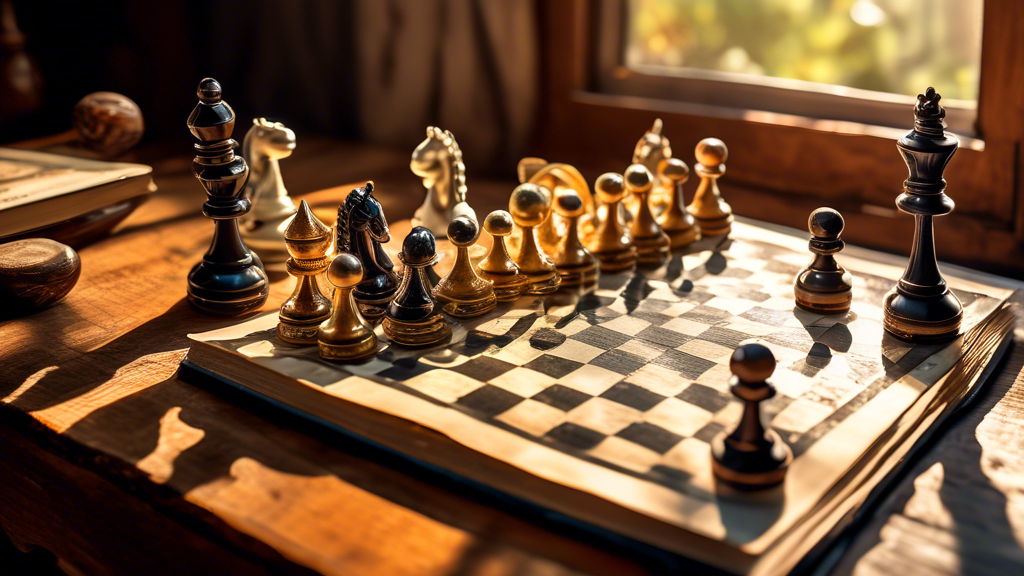
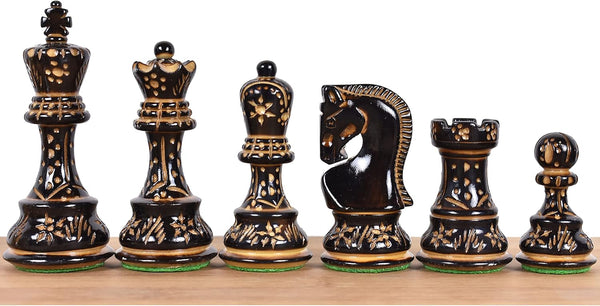
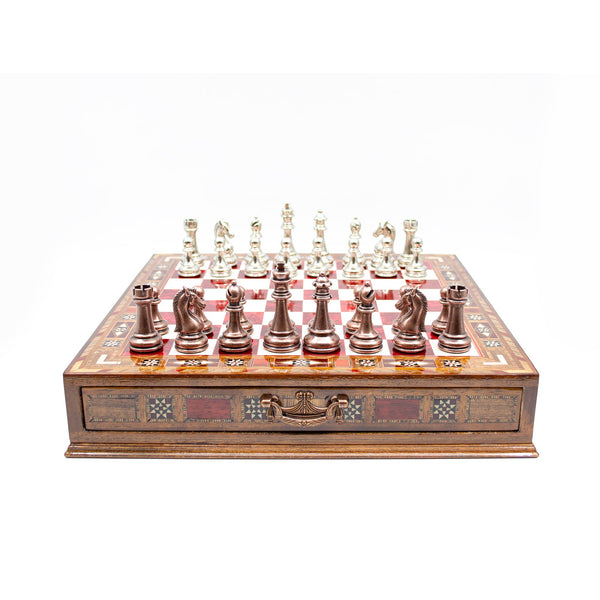
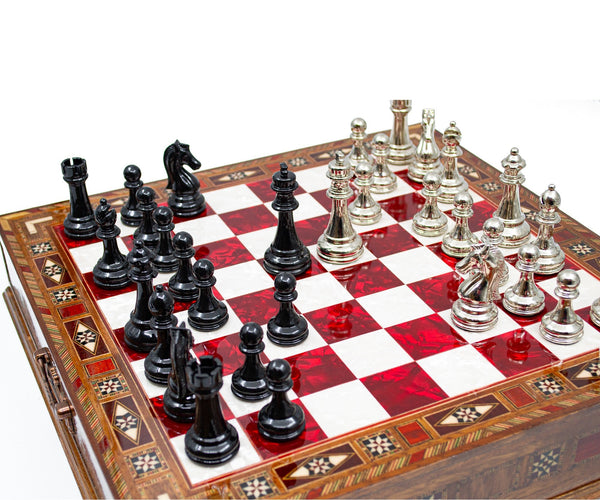
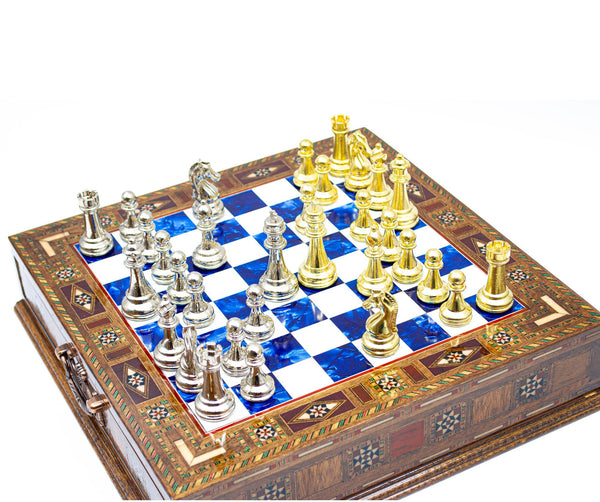
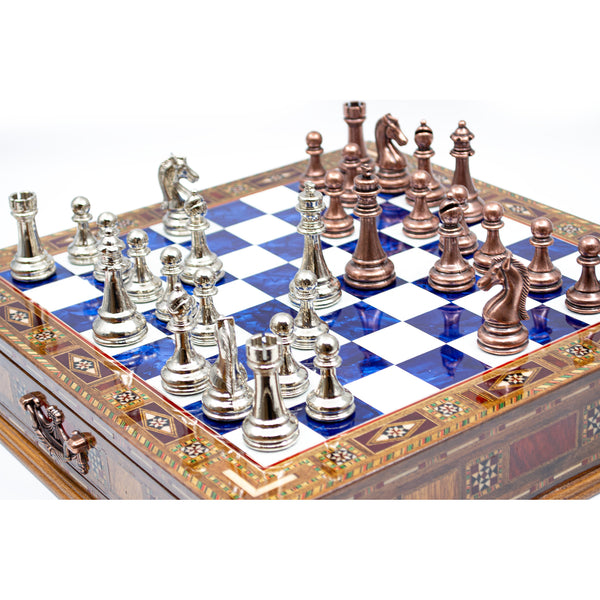
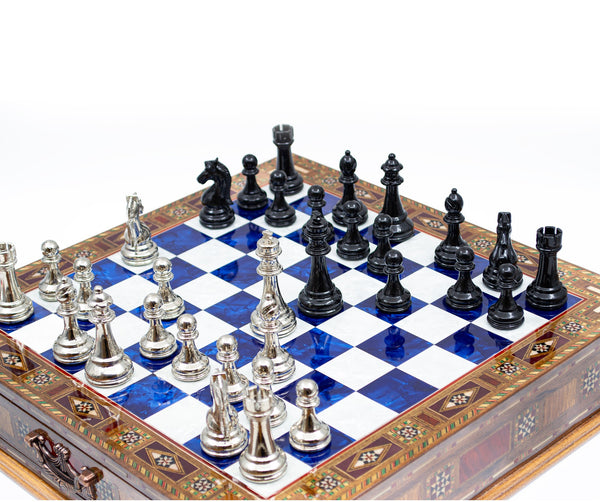






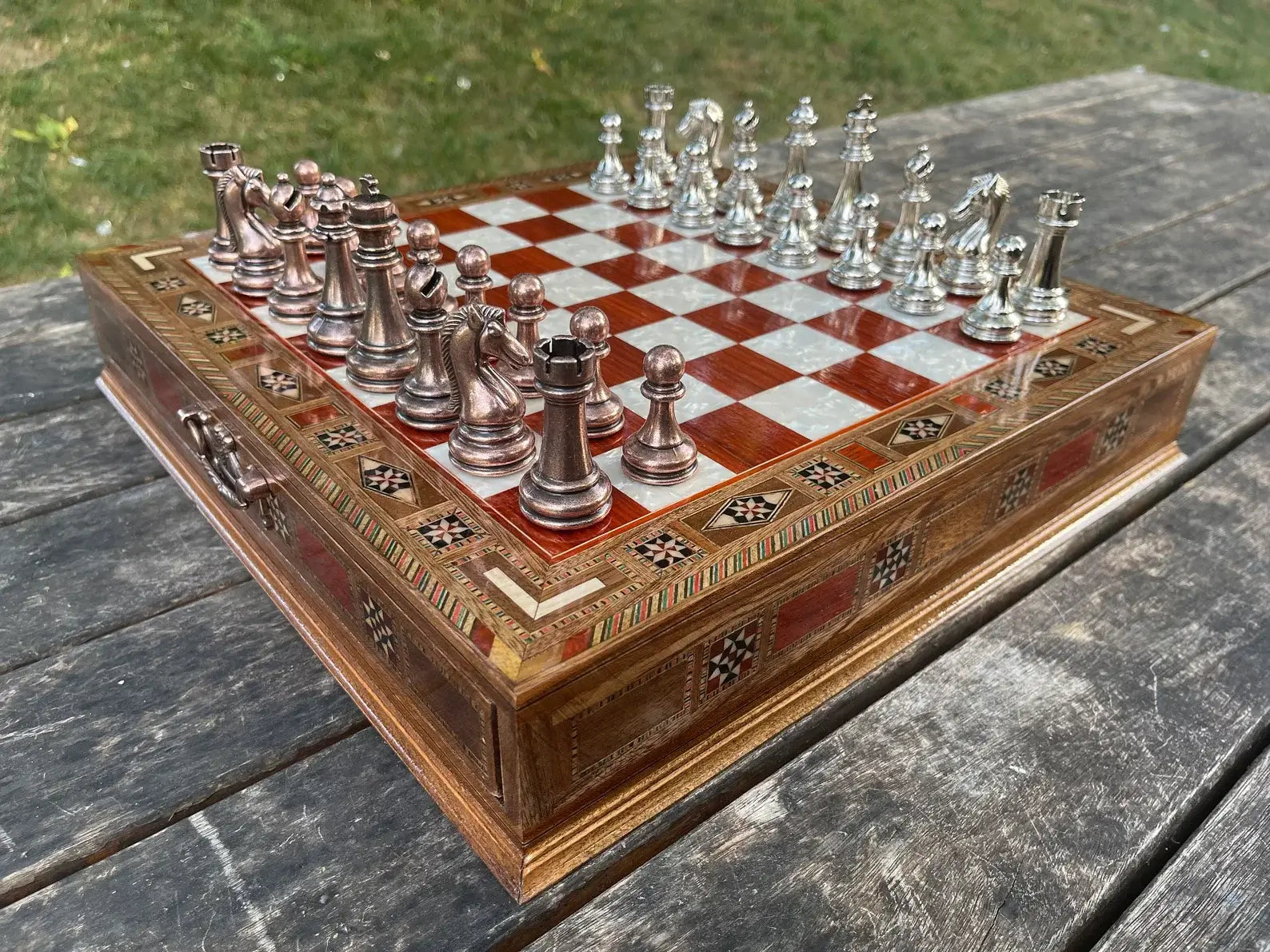
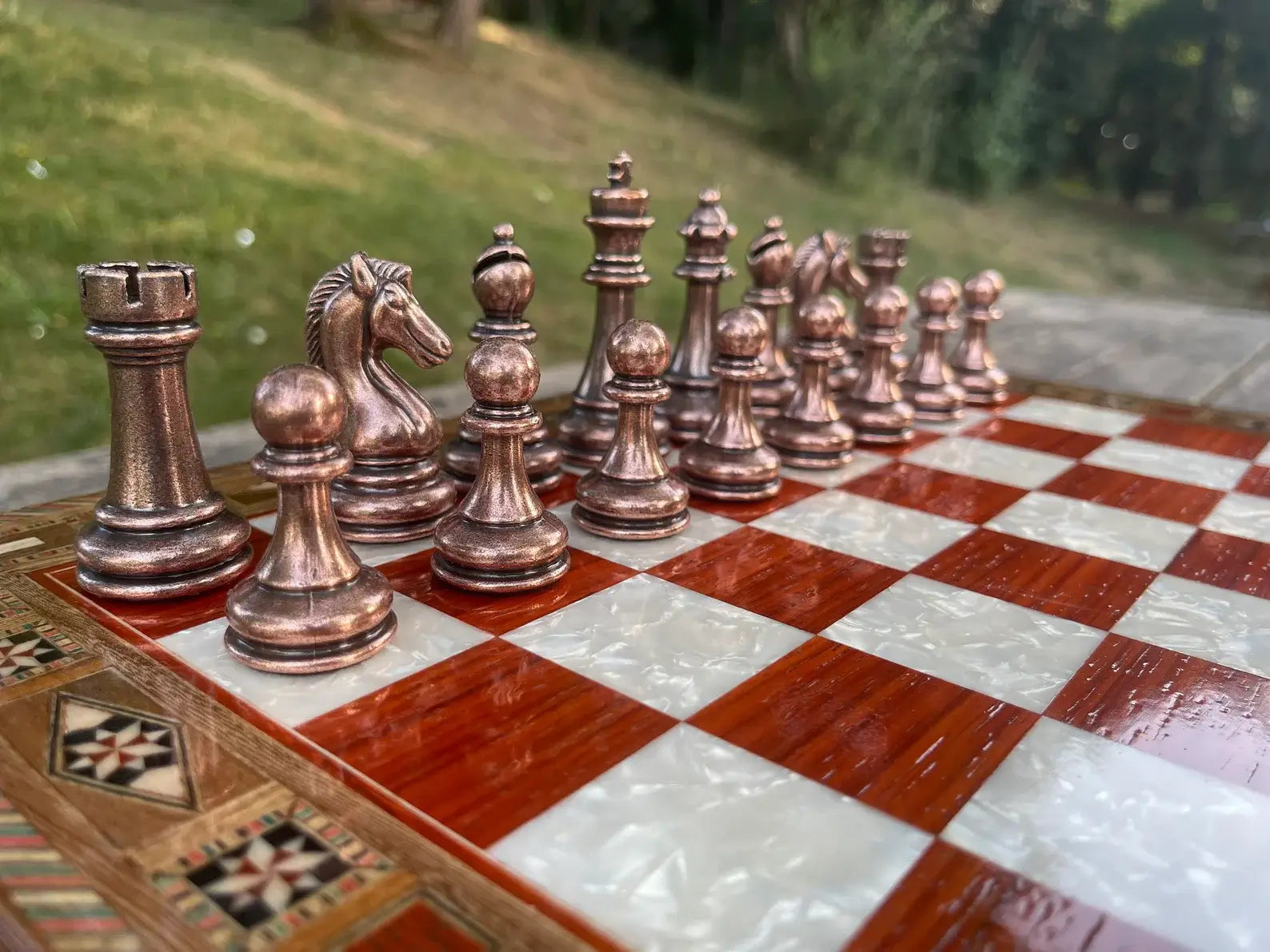
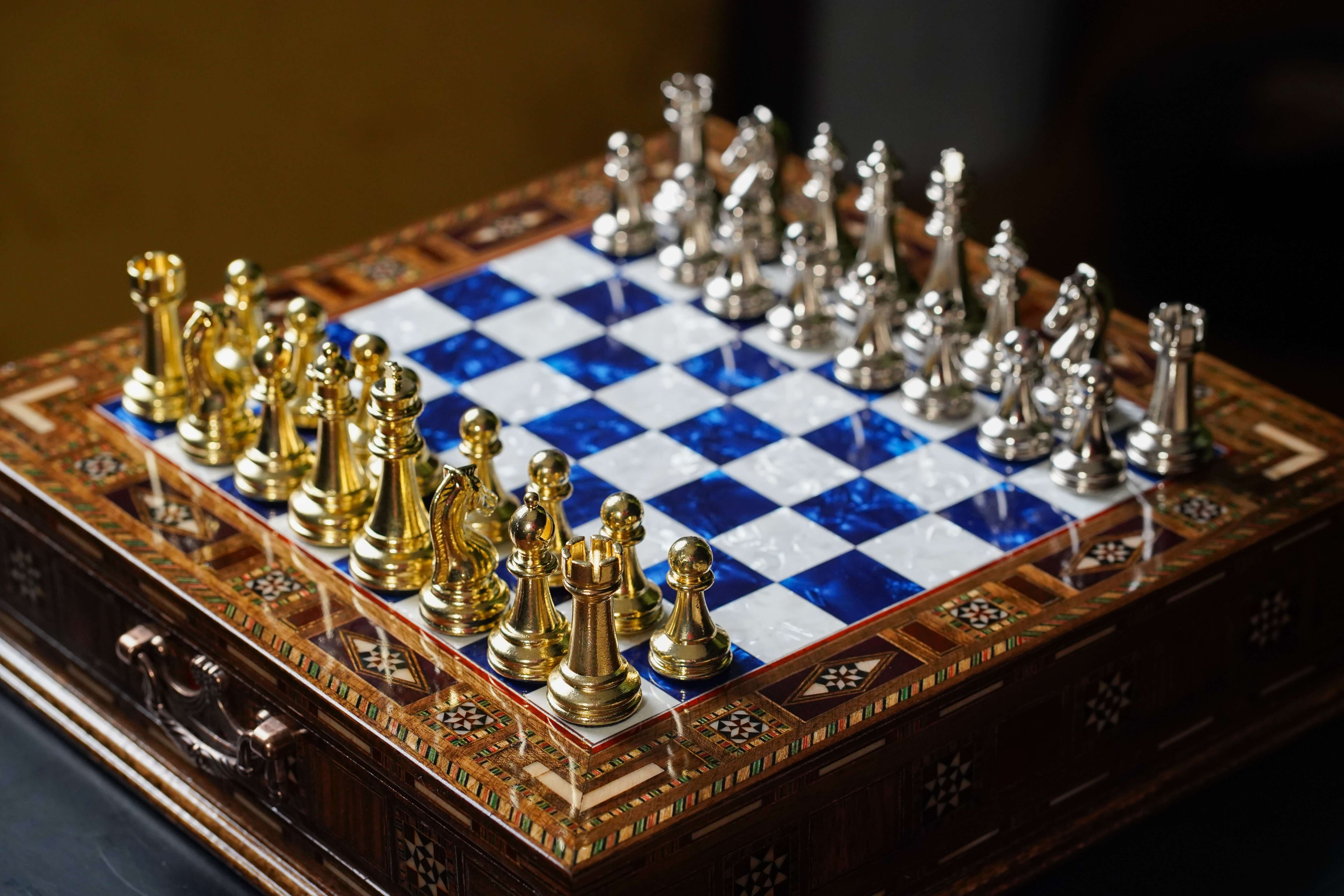
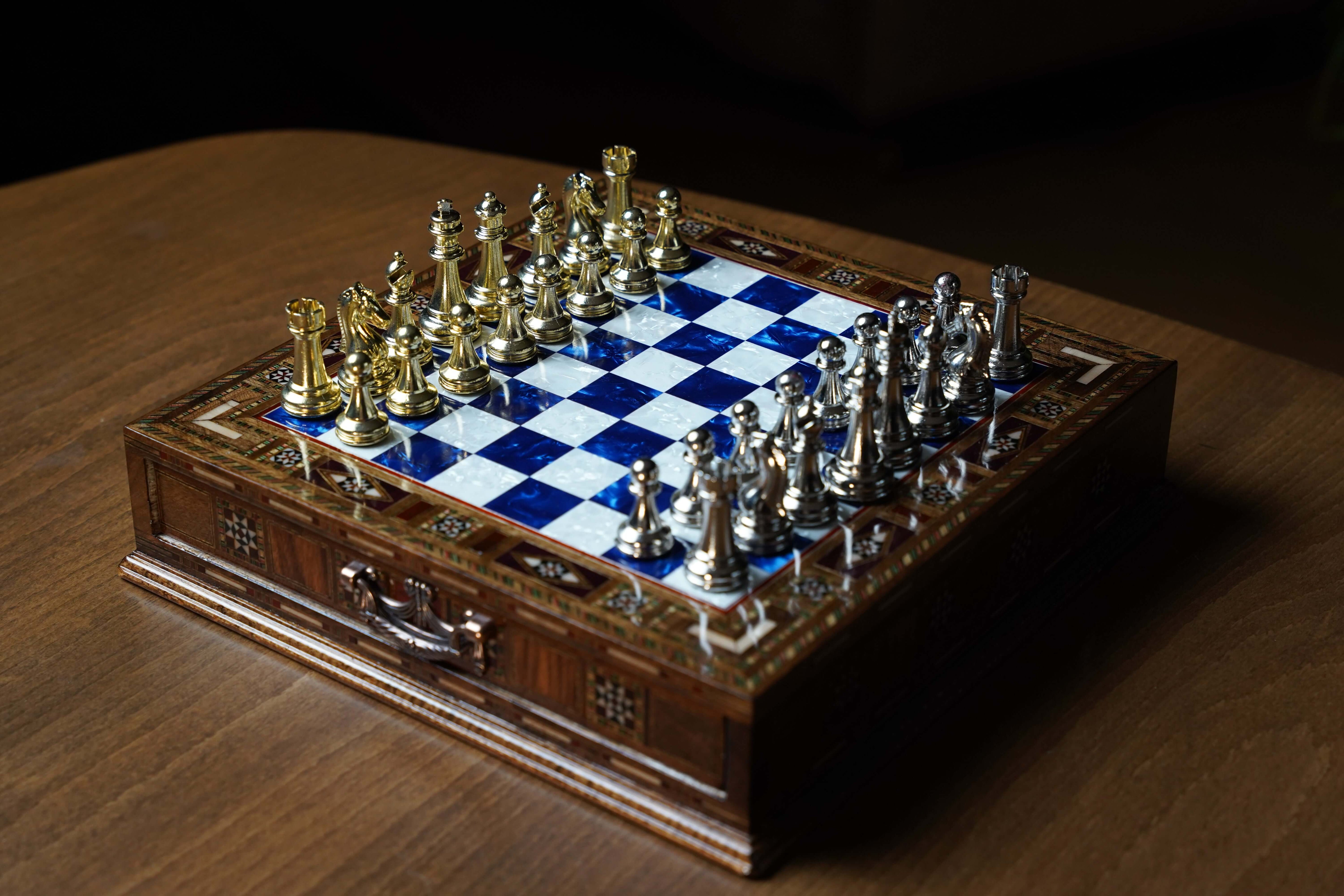
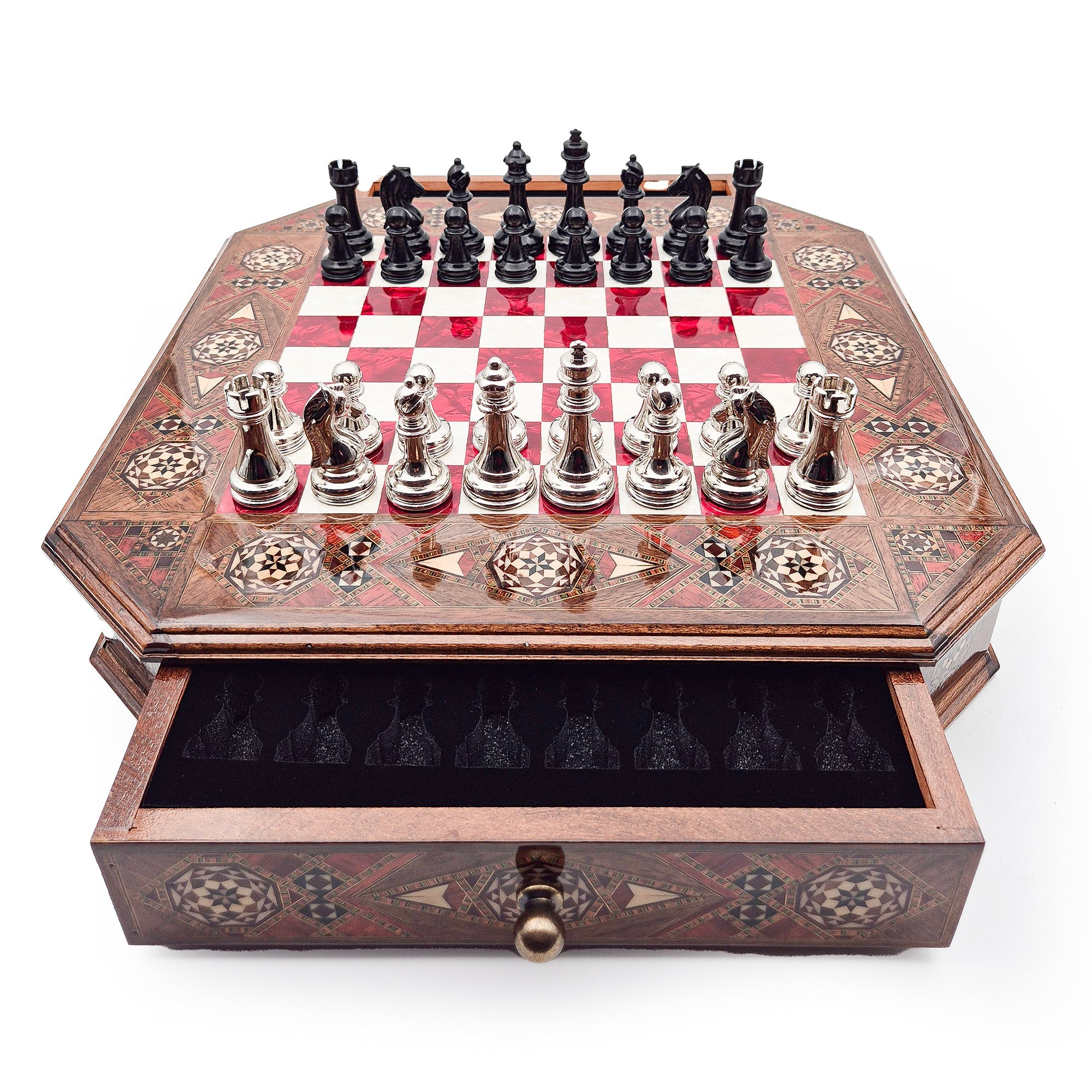
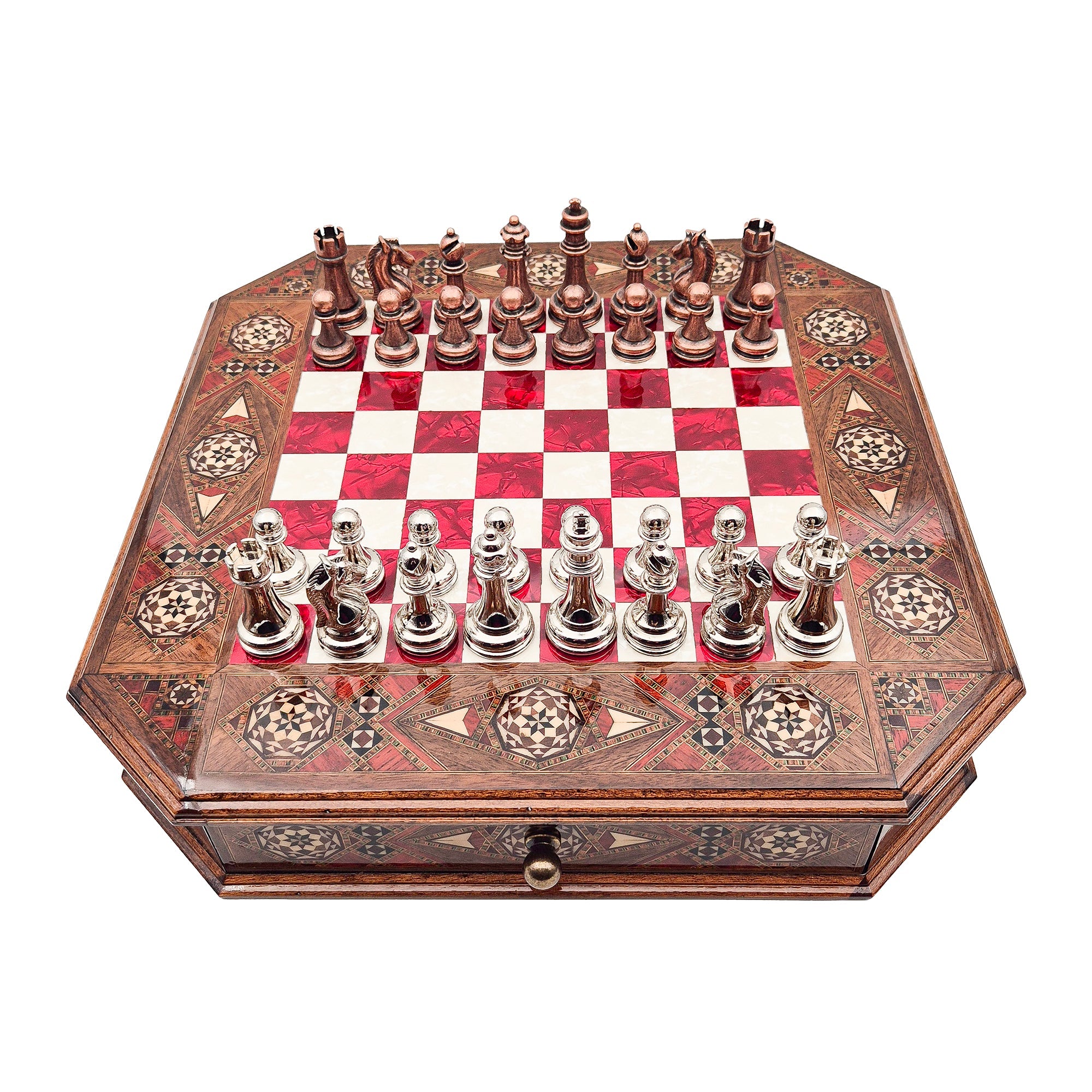
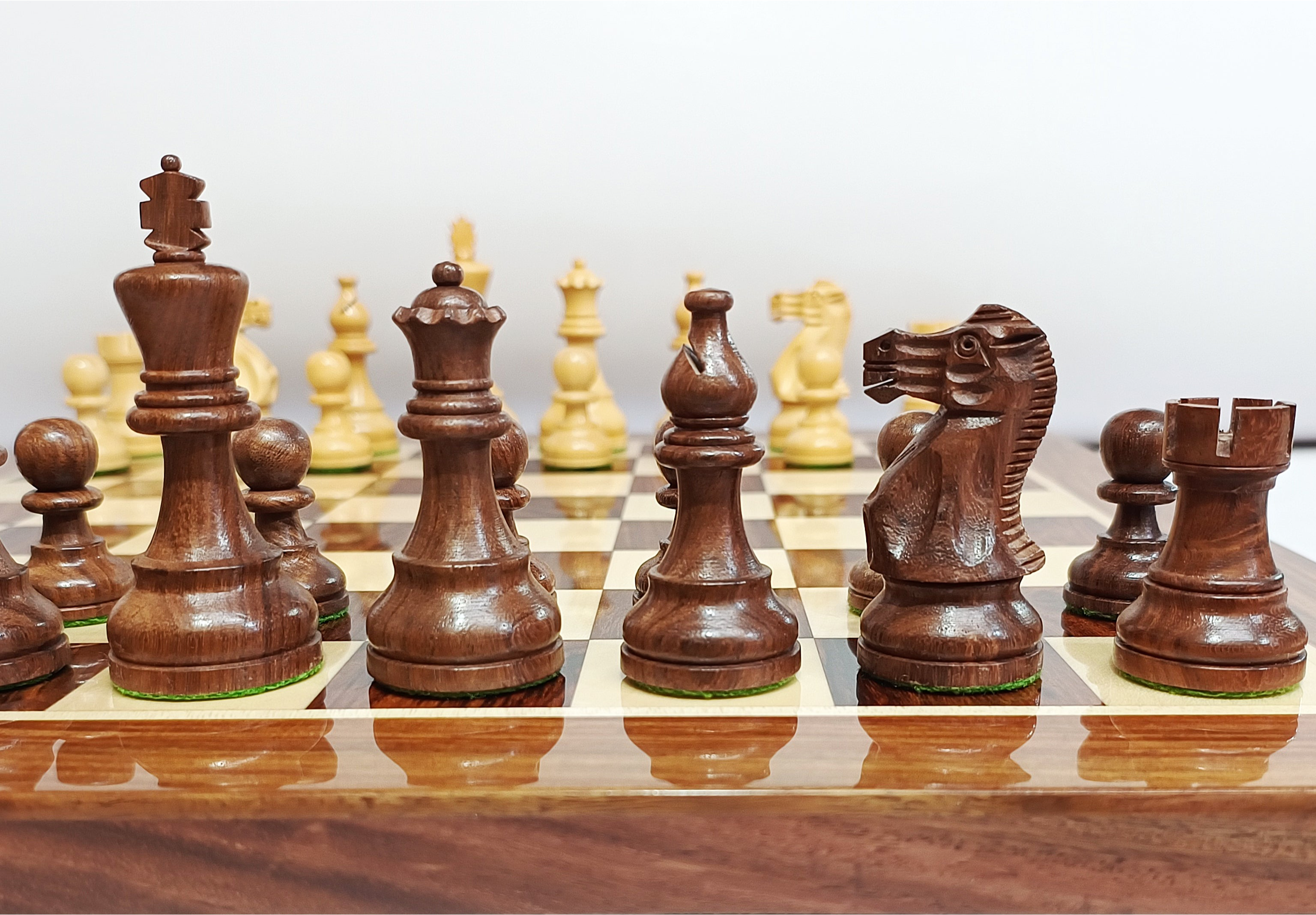

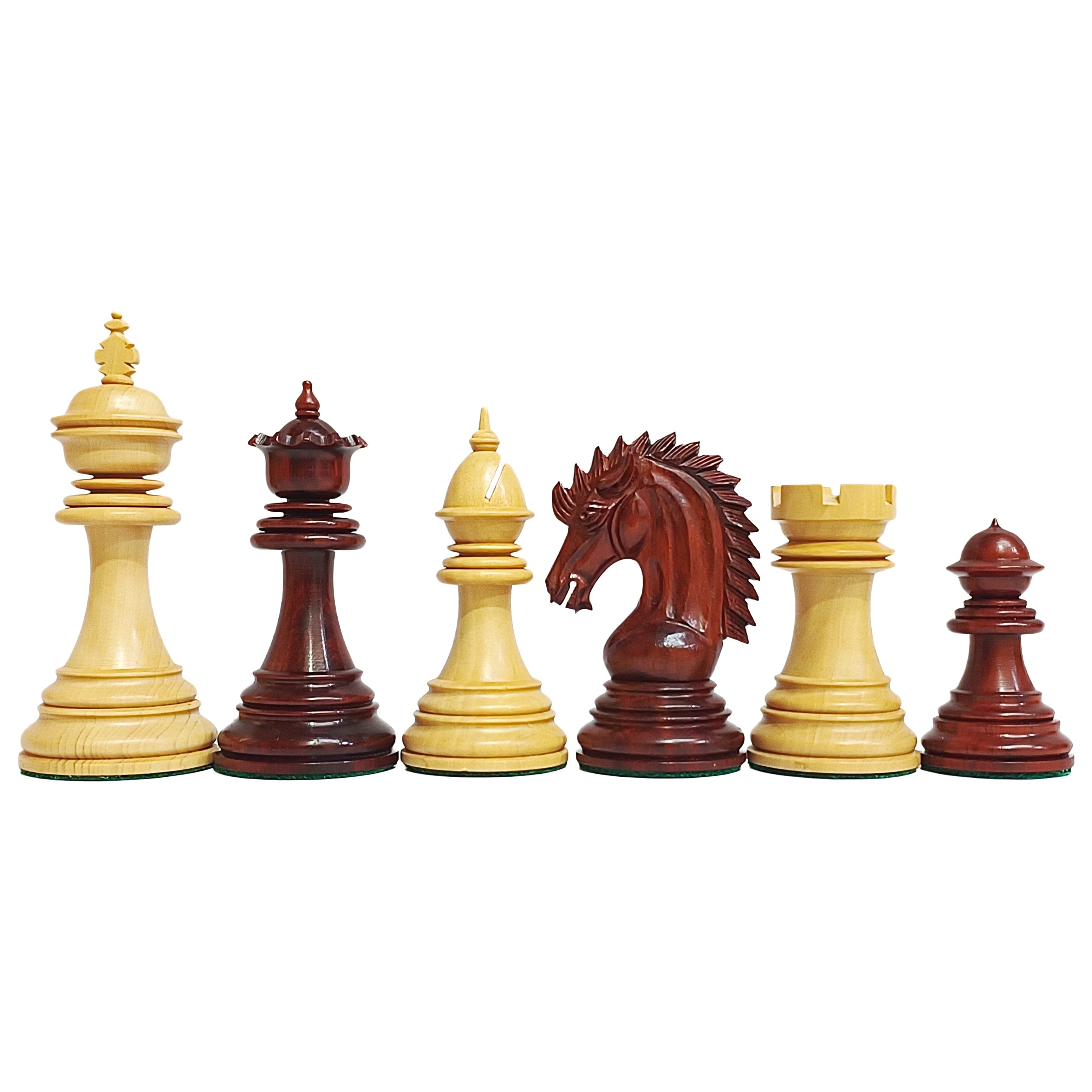
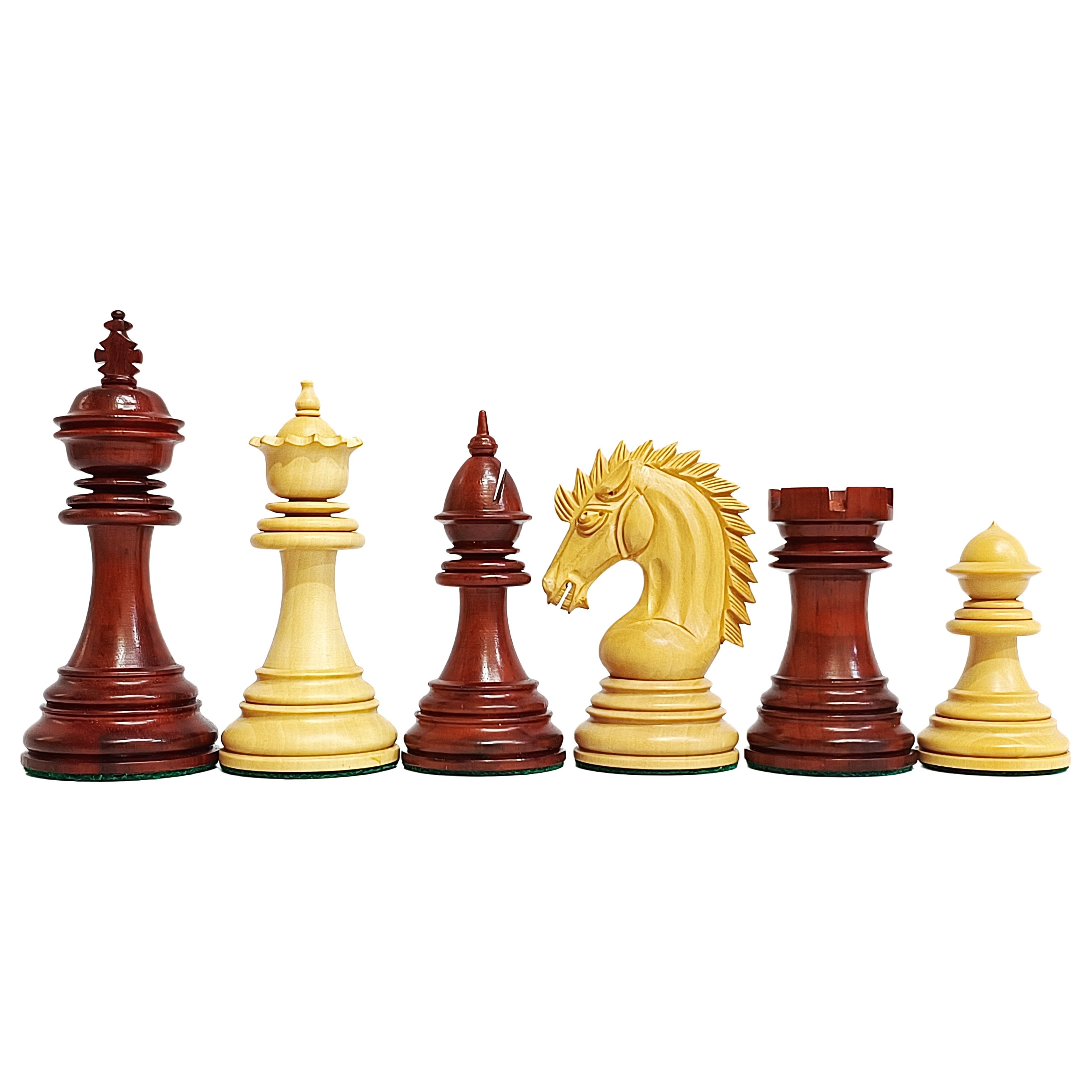
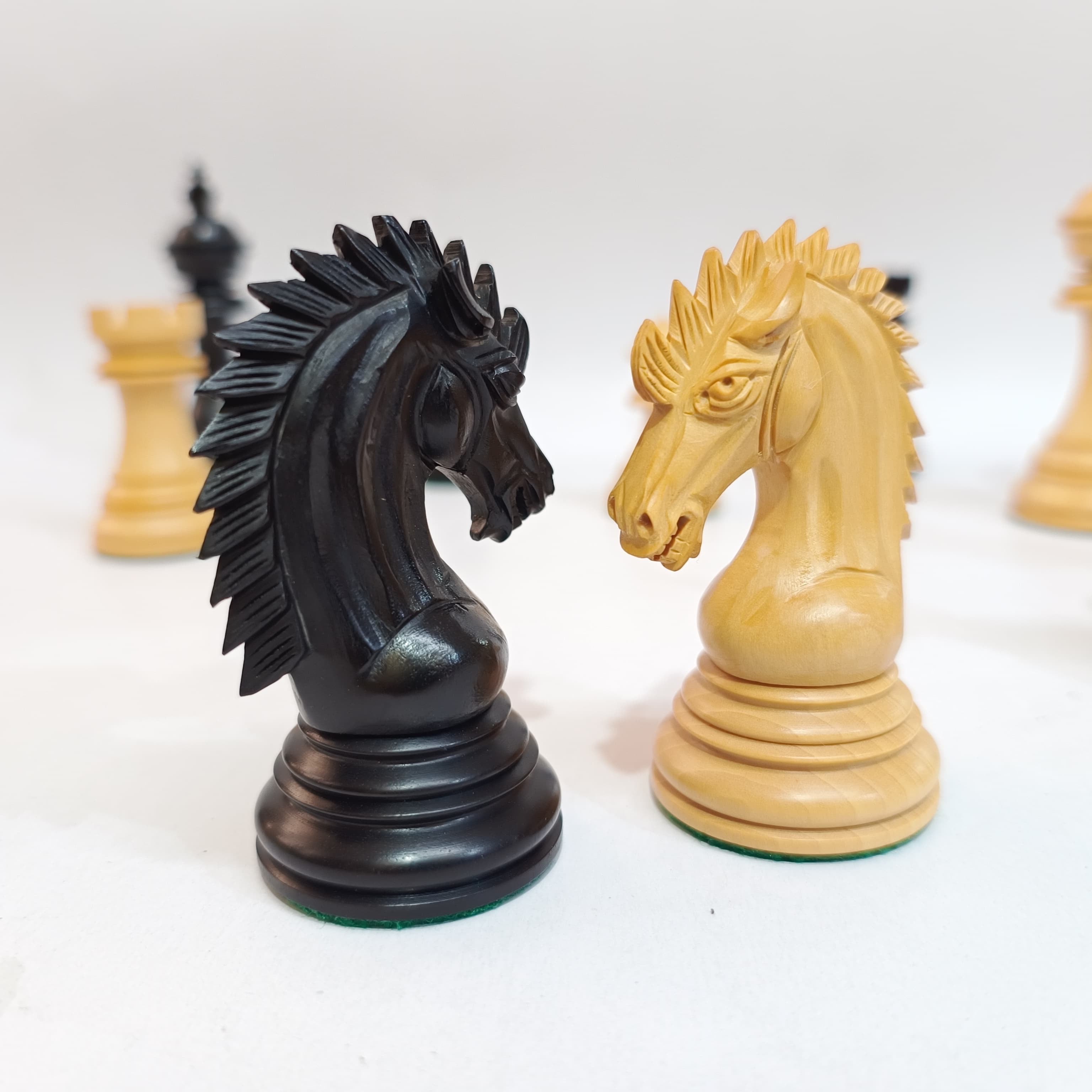
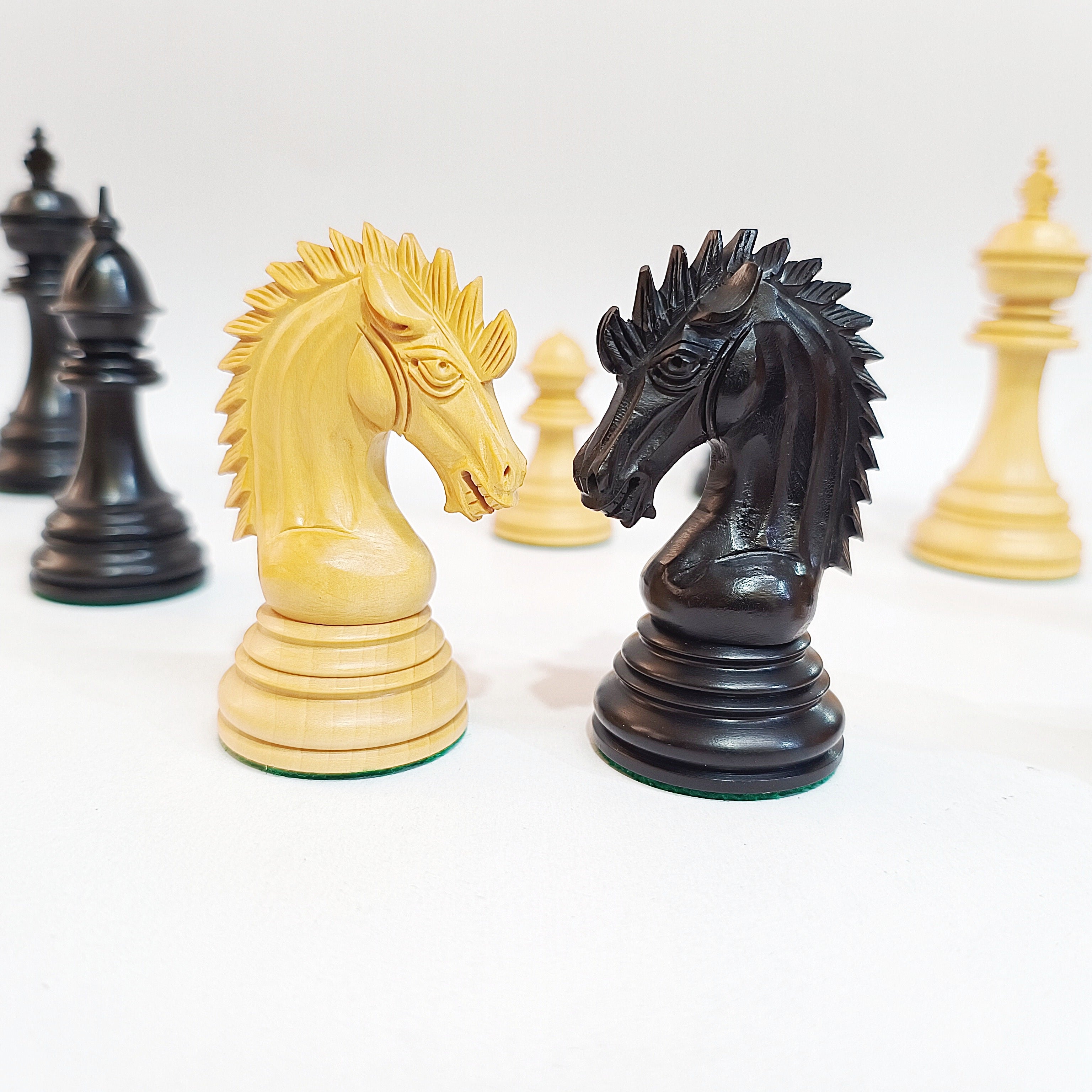


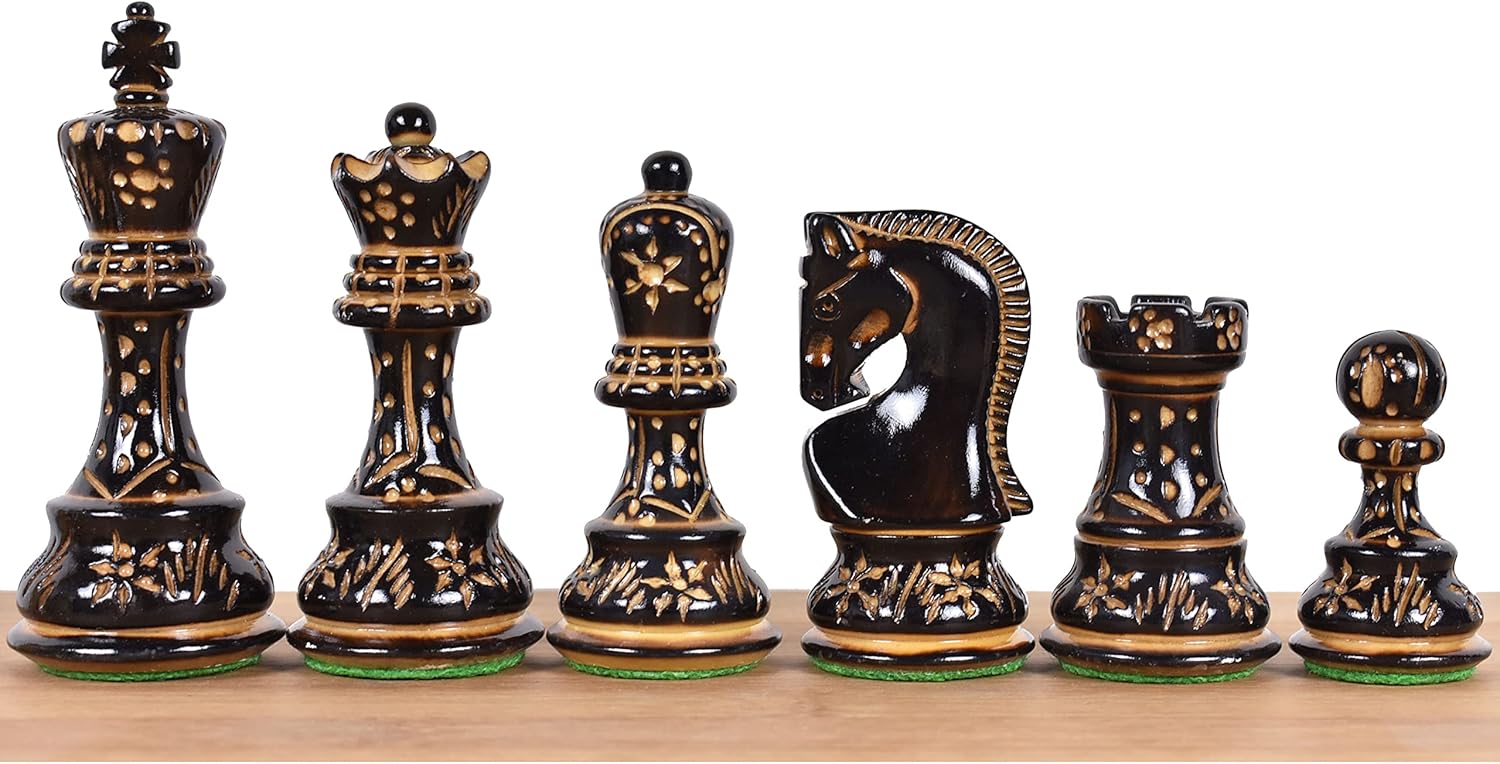
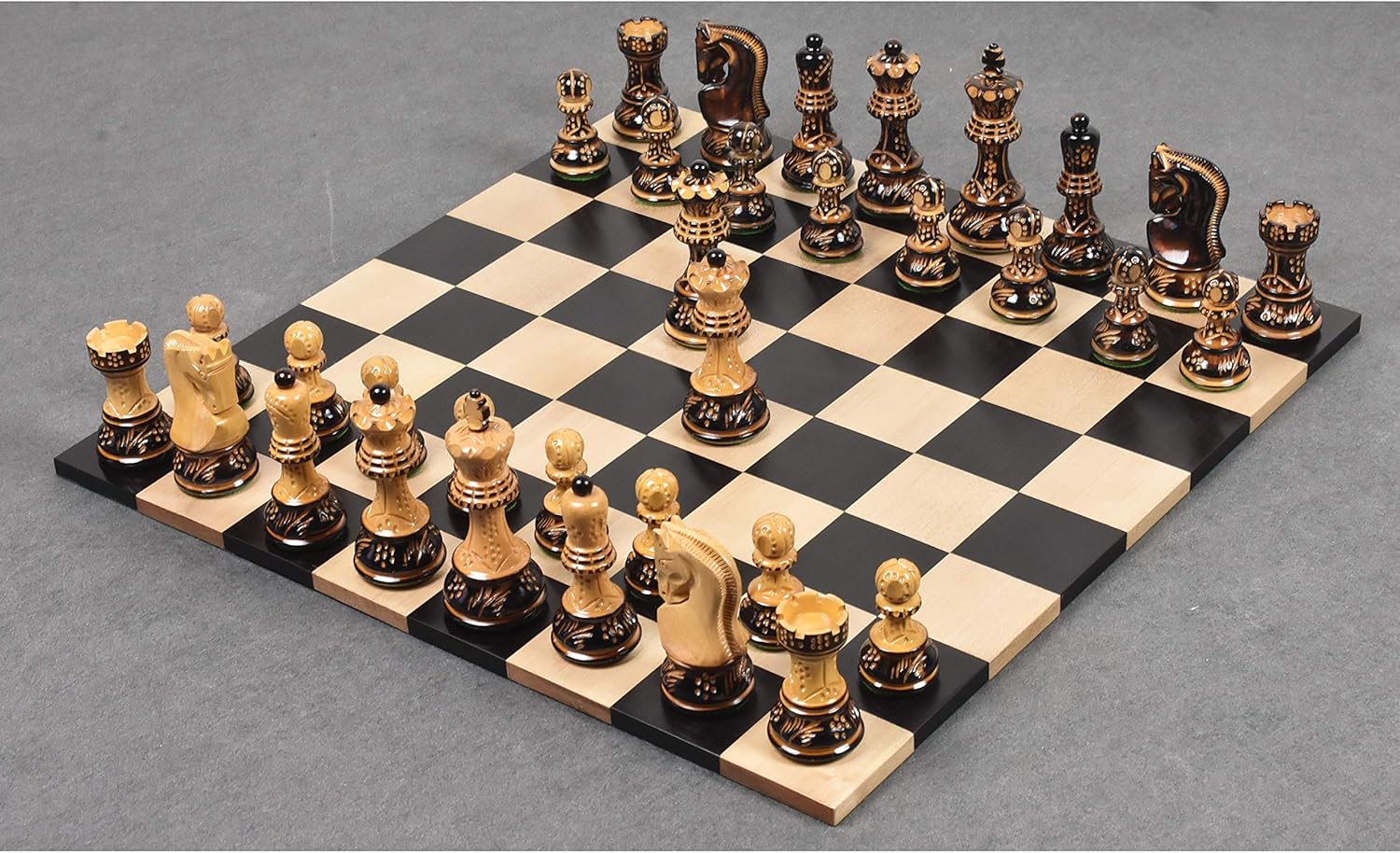
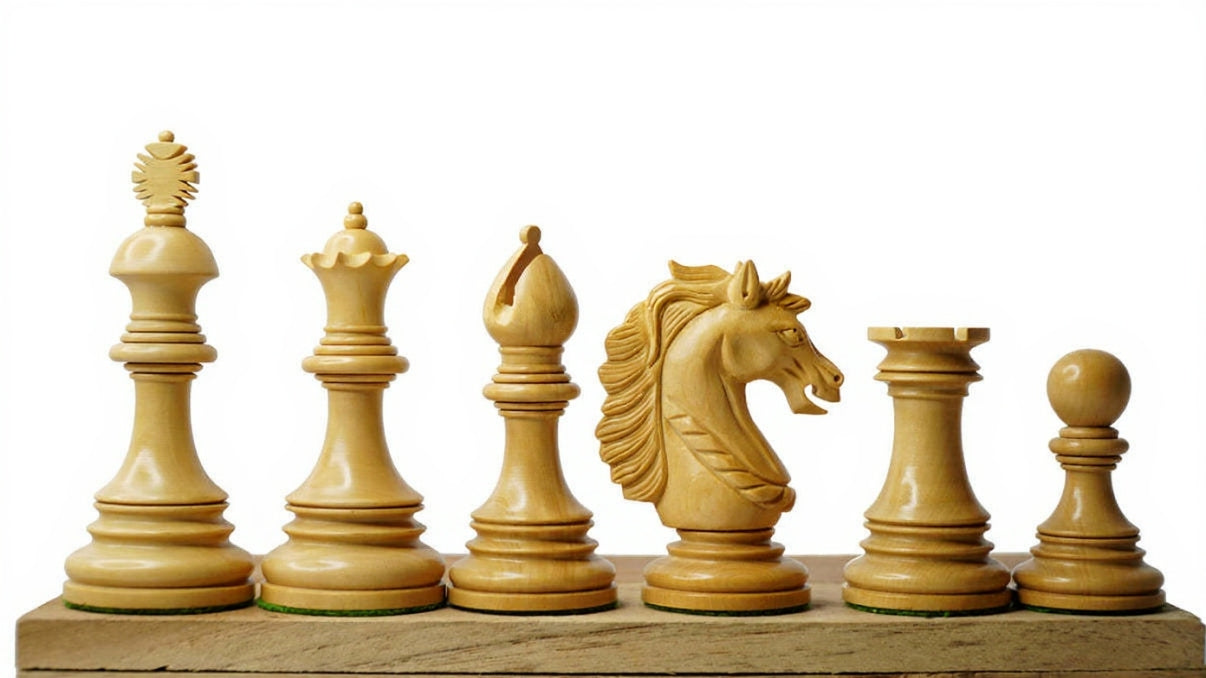
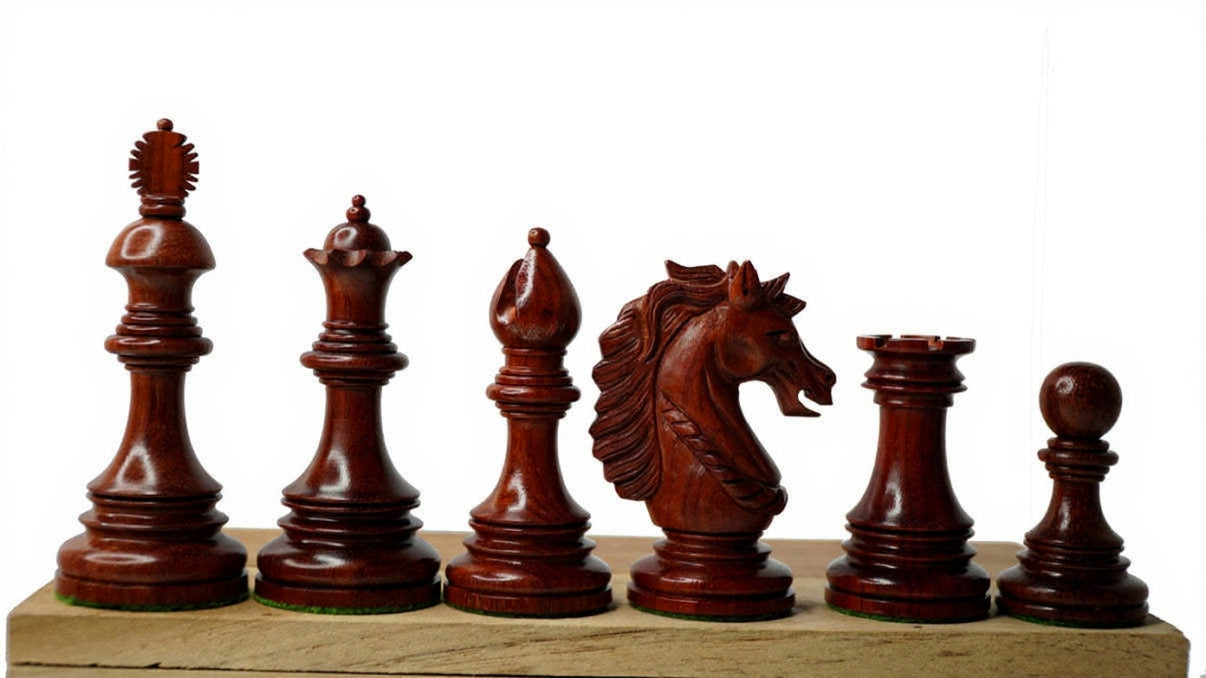

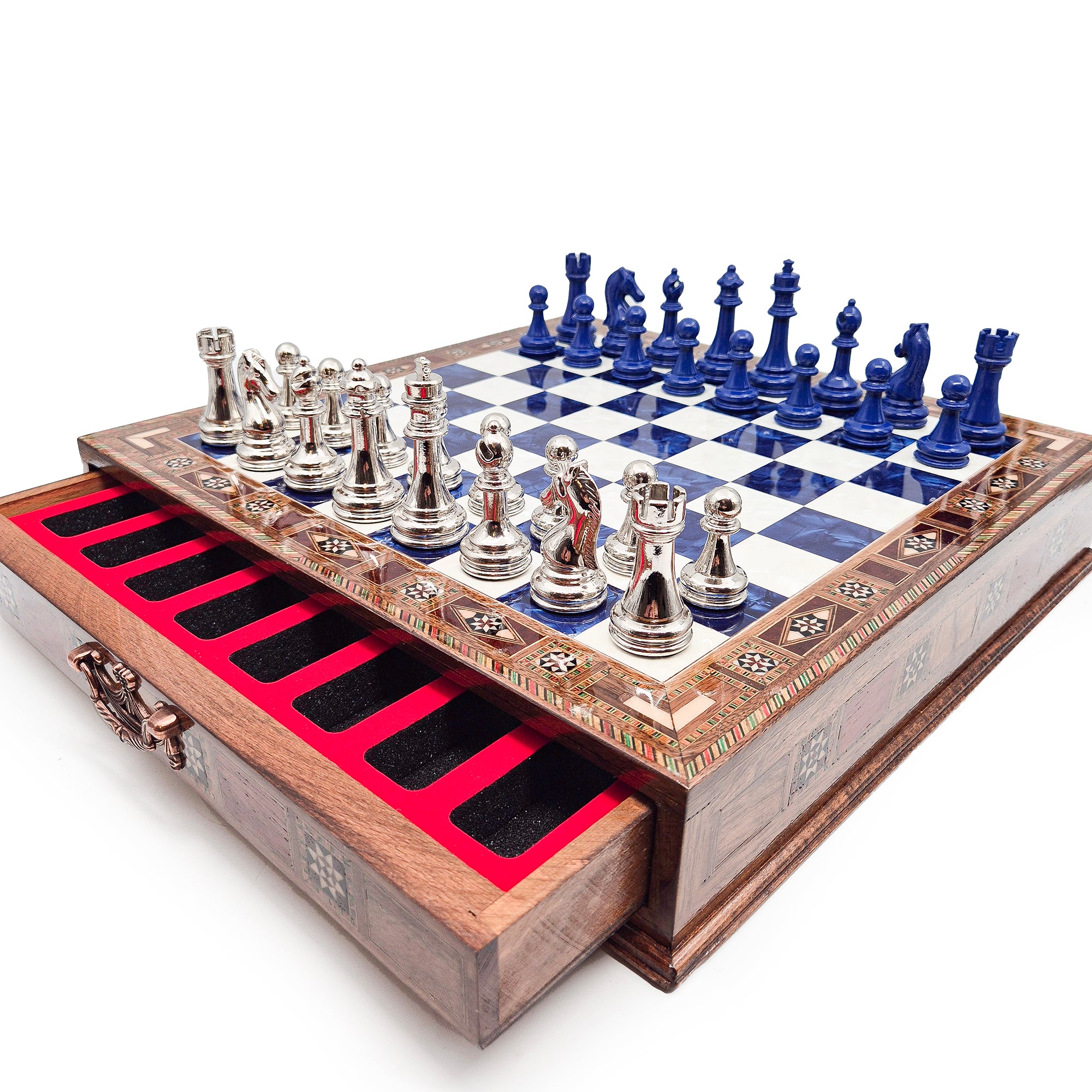

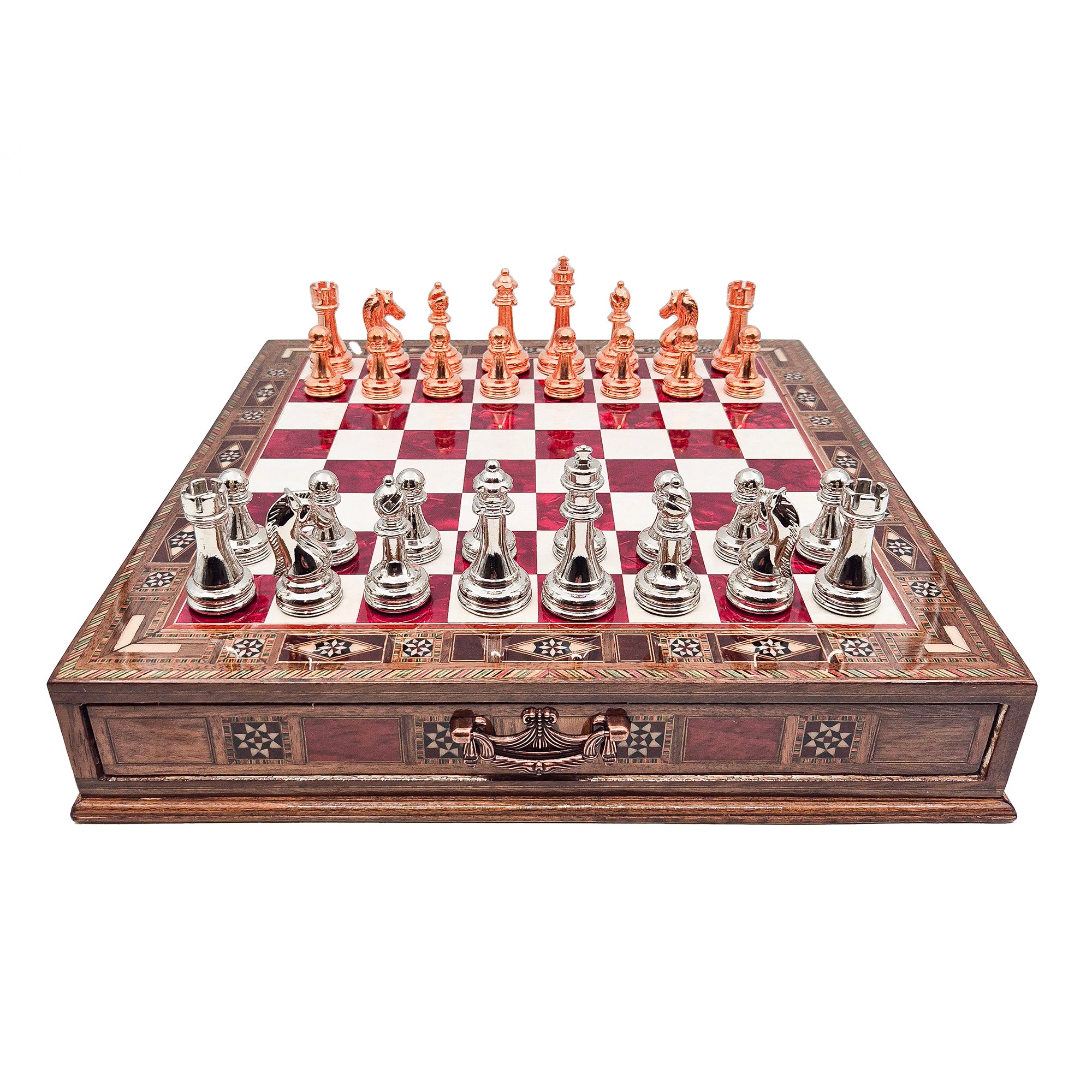
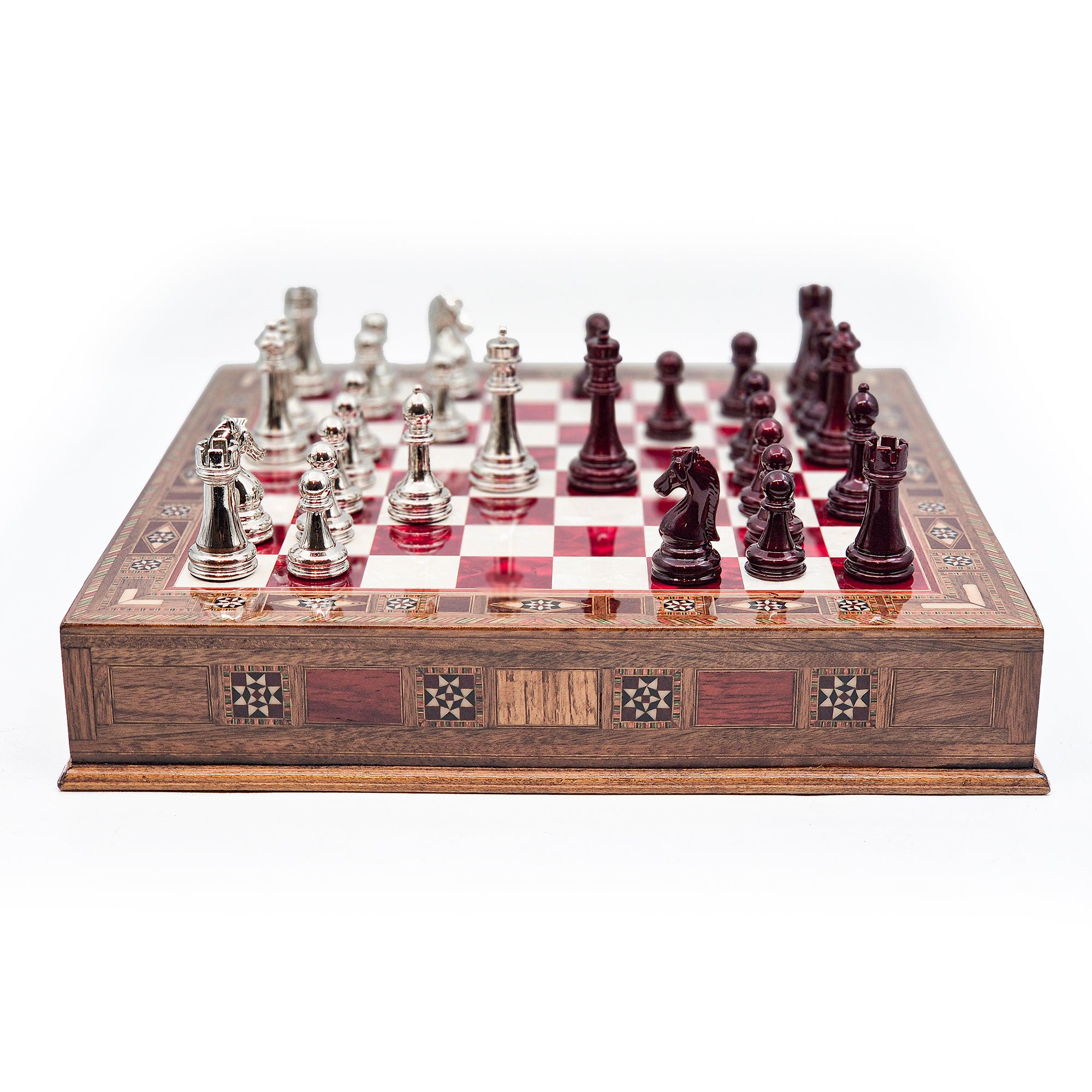
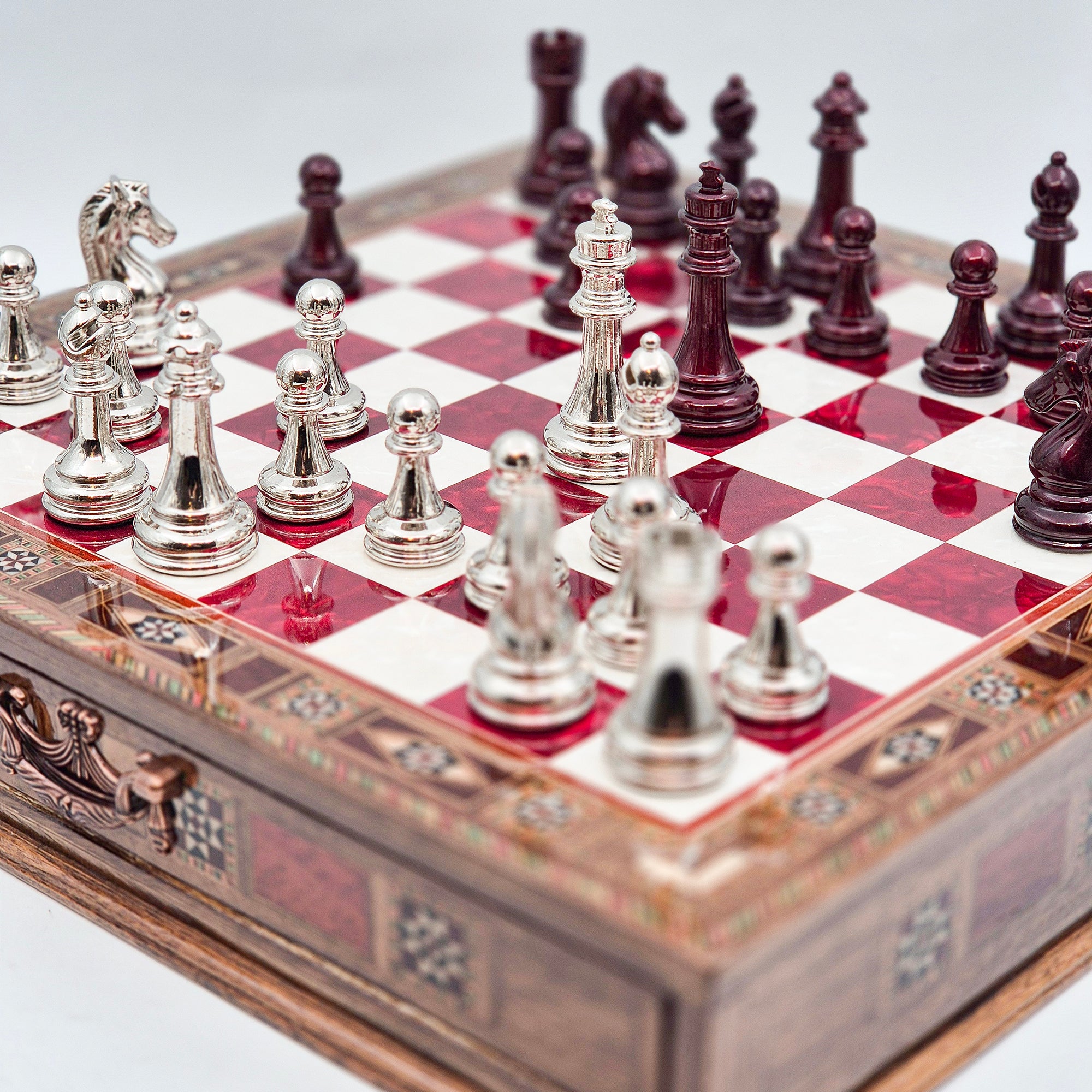
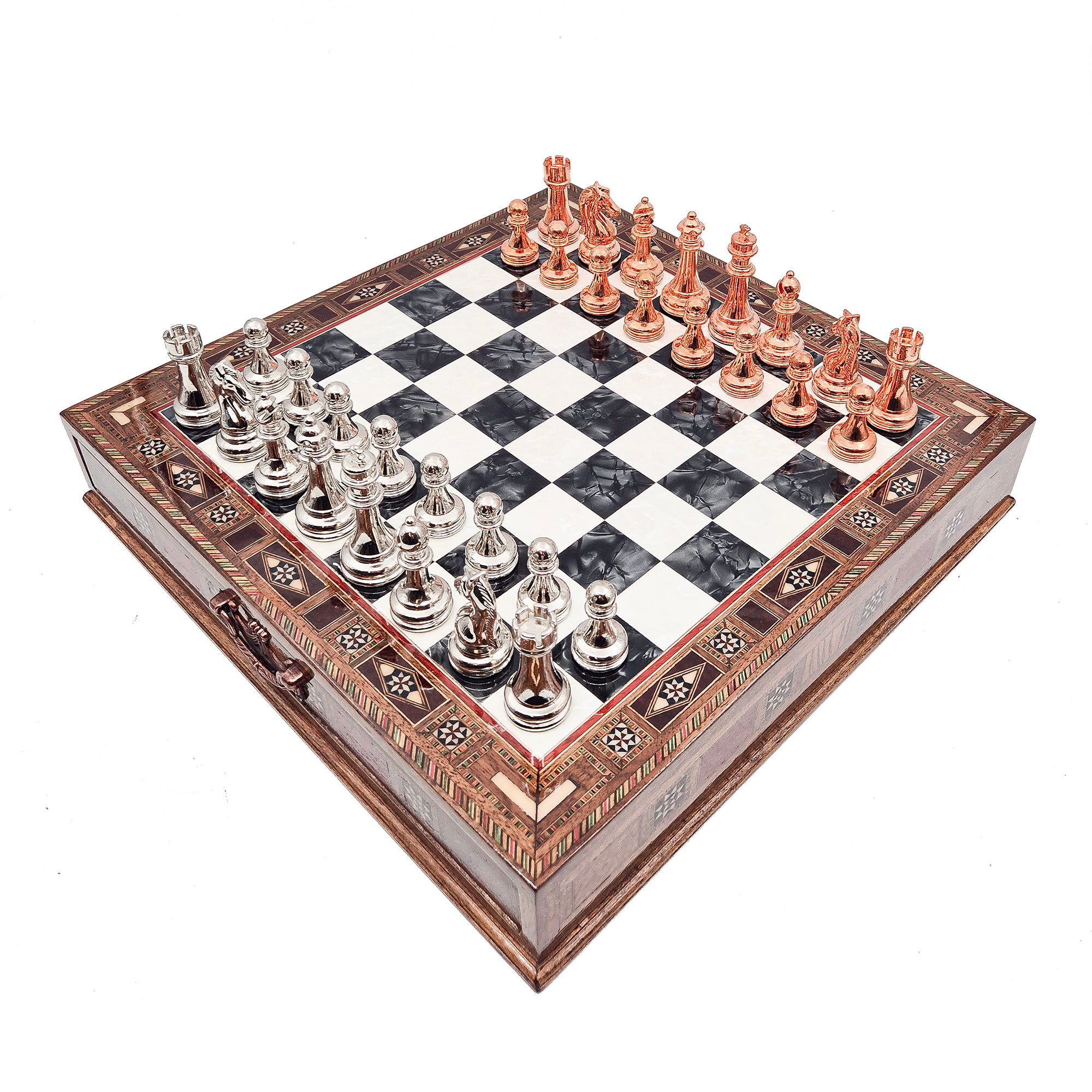
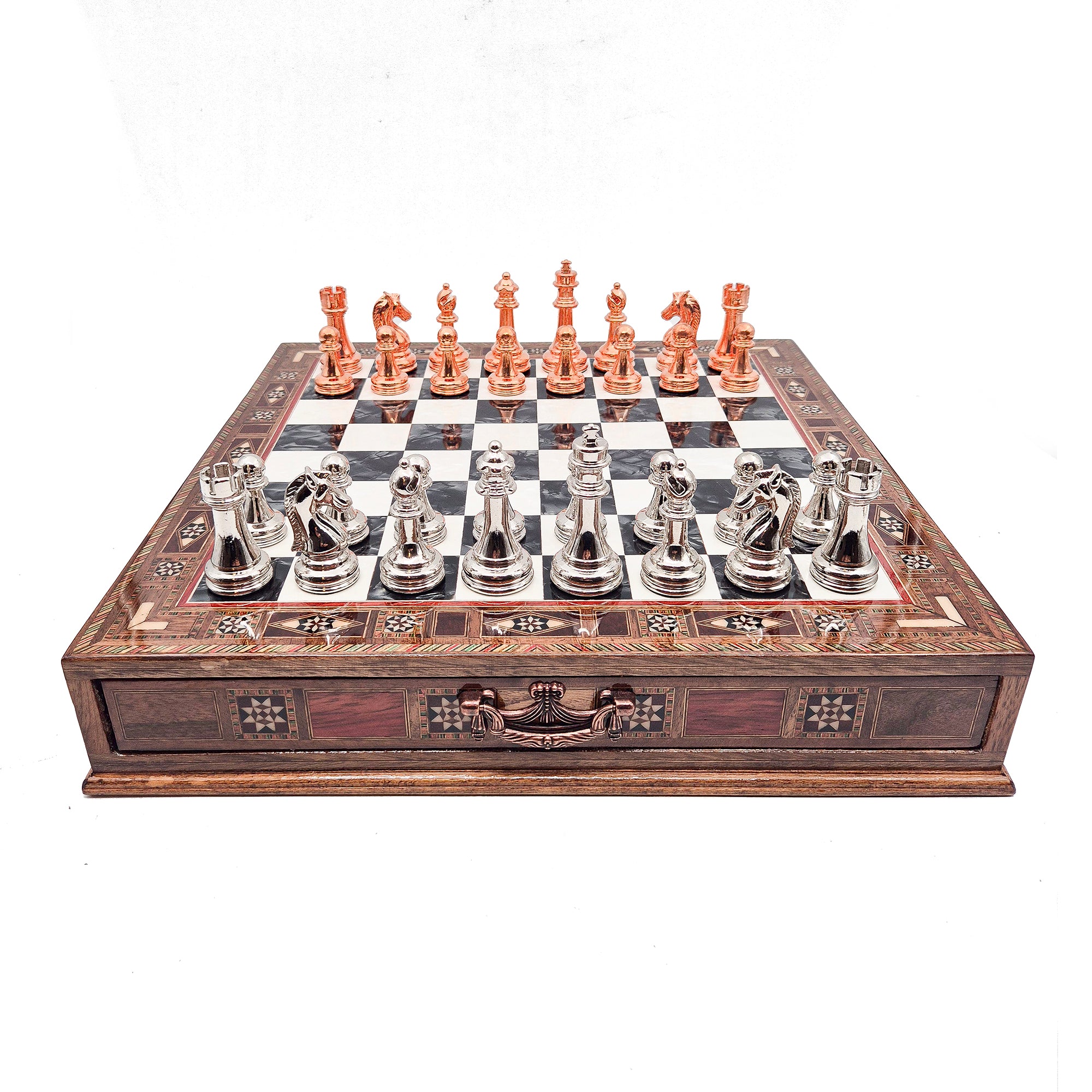


Leave a comment
All comments are moderated before being published.
This site is protected by hCaptcha and the hCaptcha Privacy Policy and Terms of Service apply.